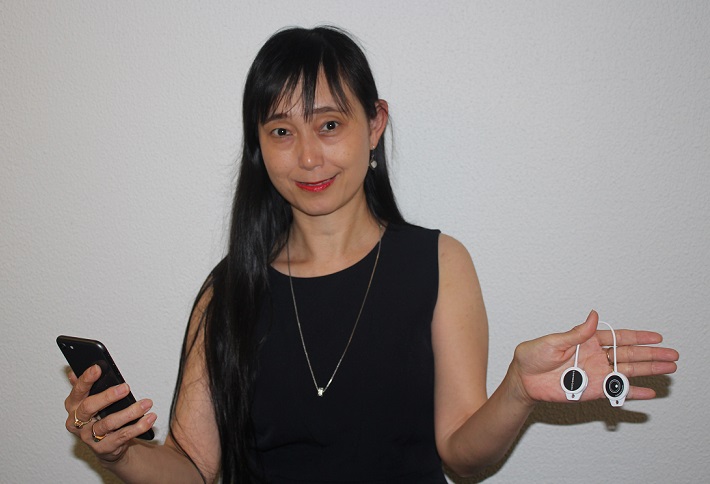A high-tech smart device which measures the heart rate of stroke and cardiac patients 24 hours a day has the potential to save lives and enhance care.
According to a ground breaking study under way in South Western Sydney Local Health District the ultra-light Samsung S-Patch device uses cloud technology and artificial intelligence to collect and store electrocardiogram (ECG) data from patients, including detecting abnormal heart rates.
The District’s director of strategy and partnerships and the study’s principal investigator, Professor Josephine Chow, said the S-Patch provided medical staff with quick and easy access to ECG data at any time.
“In our group of 51 stroke patients who have trialled the S-Patch, the device detected six patients with an abnormal heart rate who required further treatment,’’ Professor Chow said.
“With cardiovascular disease claiming one life every 12 minutes in Australia, we want to detect any abnormal heart rates as soon as possible to allow the patient to receive the care they need.
“The research is showing there is real potential to change the way we provide care in the future.
“With the device, patients may be able to recover at home with the confidence their conditions are being closely monitored by their clinicians.’’

The S-Patch also measures vital signs such as oxygen saturation and temperature as well as emotional response and movement.
The District’s clinical director of complex care and internal medicine and Liverpool Hospital head of neurology, Dr Alan McDougall, said the S-Patch was lightweight and comfortable for patients.
“The study has shown the feasibility of the new device for remote monitoring of patients,’’ Dr McDougall said.
“This will enhance our virtual care and rapid response.
“With further research, there is potential for the S-Patch to be used to diagnose and treat a range of heart conditions.’’
The study is the first of its kind in Australasia.
